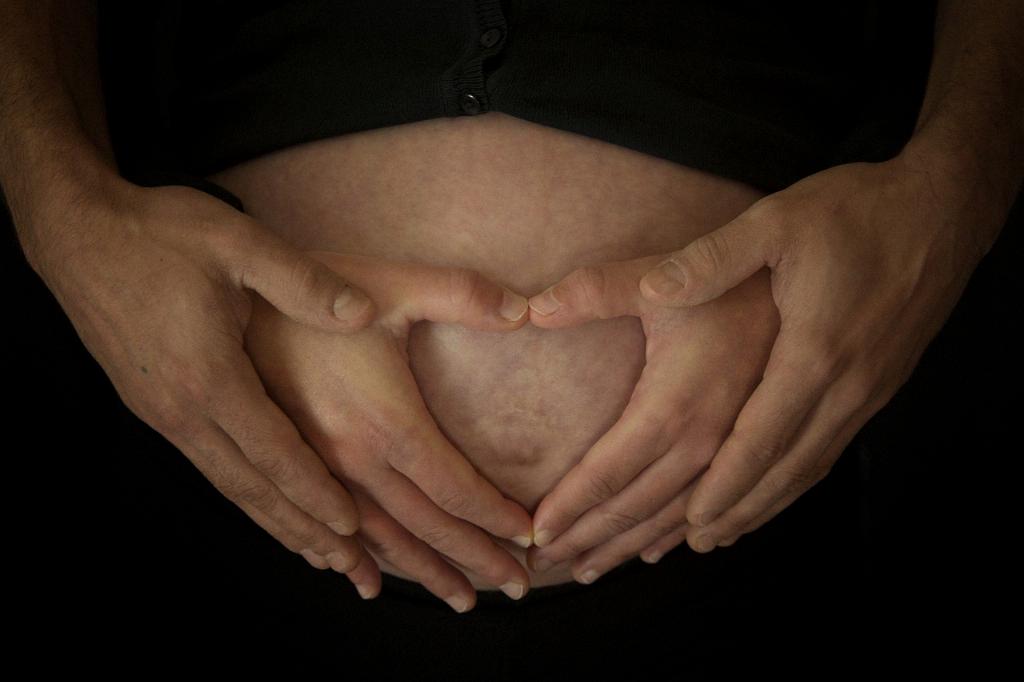Cesarean section, or C-section, is a major surgical procedure that involves making an incision in the abdomen and uterus to deliver the baby. Recovering from a C-section can be challenging as it requires time and patience to heal properly. It is essential to follow the advice of your healthcare provider to ensure a smooth recovery.
1. Prioritize Rest
Rest is crucial for your body to heal after a C-section. Make sure to get plenty of rest and avoid overexerting yourself. Listen to your body and take naps when needed. Proper rest will aid in your recovery process and promote healing.
2. Keep Essentials Within Reach
During the initial phase of recovery, it is advisable to keep essential items within easy reach. This includes items such as diapers, wipes, baby clothes, bottles, and breastfeeding essentials. Having these items close by will minimize the need to move around too much.
3. Avoid Heavy Lifting
It is important to avoid lifting heavy objects, including lifting anything heavier than your baby, during the first few weeks post C-section. Heavy lifting can strain the incision site and slow down the healing process. Ask for assistance when needed to minimize strain on your body.
4. Practice Gentle Movement
While rest is essential, gentle movement is also beneficial for promoting circulation and preventing stiffness. Engage in light activities such as short walks around the house to aid in your recovery. Avoid strenuous activities that may put strain on your incision site.
5. Stay Hydrated and Nourished
Proper hydration and nutrition are vital for your recovery after a C-section. Drink plenty of water throughout the day and consume nutritious meals to support your body’s healing process. Include foods rich in vitamins and minerals to aid in recovery.
6. Follow Medication Guidelines
It is crucial to follow the medication guidelines provided by your healthcare provider. Take prescribed medications as directed to manage pain and prevent infection. If you experience any adverse effects, contact your healthcare provider immediately.
7. Monitor the Incision Site
Regularly monitor the incision site for any signs of infection or complications. Keep the incision area clean and dry to prevent infection. Contact your healthcare provider if you notice redness, swelling, discharge, or increased pain around the incision site.
8. Seek Emotional Support
Recovering from a C-section can be emotionally challenging. Seek emotional support from your partner, family members, or a support group. Share your feelings and concerns with your loved ones to receive the support you need during this time.
9. Gradually Increase Activity
As you progress in your recovery, gradually increase your activity level. Start with light exercises recommended by your healthcare provider to strengthen your muscles and improve flexibility. Avoid high-impact activities until you have fully healed.
10. Attend Follow-up Appointments
Attend all follow-up appointments with your healthcare provider to monitor your recovery progress. Your healthcare provider will assess your incision site, overall health, and provide you with guidance on how to continue caring for yourself post C-section.
11. Practice Self-care
Make time for self-care activities that help you relax and recharge. Whether it’s taking a warm bath, reading a book, or practicing gentle yoga, prioritize activities that promote your well-being. Self-care plays a crucial role in your recovery journey.
12. Be Patient with Yourself
Recovery after a C-section takes time, and it’s important to be patient with yourself throughout the process. Listen to your body, follow your healthcare provider’s advice, and allow yourself the time needed to heal fully. Remember that every individual’s recovery journey is unique, and it’s okay to ask for help when needed.

